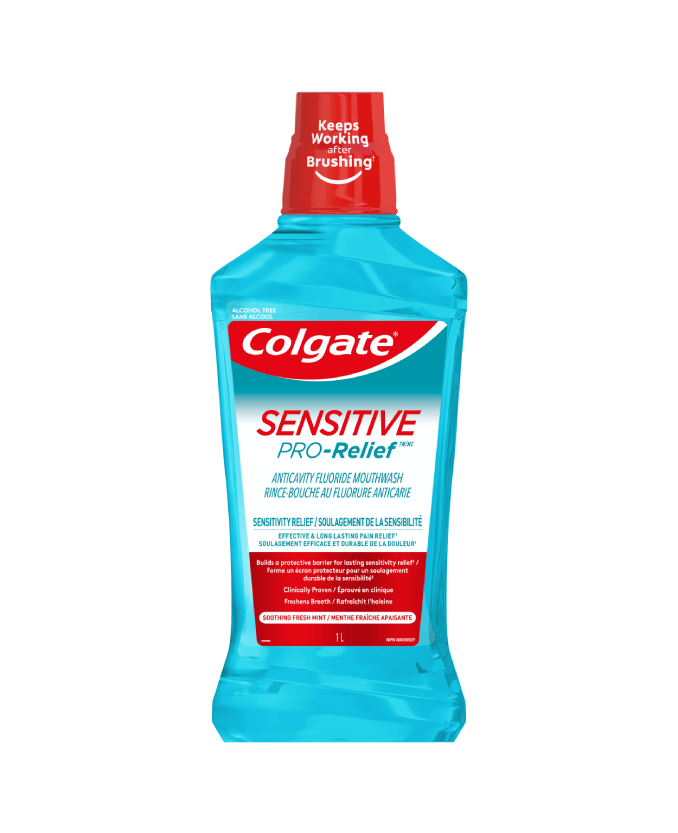White Teeth Spots
The appearance of white teeth spots can be a cause for concern for many individuals, affecting not only the aesthetic appeal of one’s smile but also potentially indicating underlying dental health issues. These spots, often noticed as small, opaque, or chalky patches on the surface of the teeth, can result from a variety of factors including dietary habits, oral hygiene practices, and genetic predispositions. Understanding the causes, implications, and available treatments for white teeth spots is essential for maintaining optimal dental health and achieving a radiant, confident smile.
Causes of White Teeth Spots
Several factors contribute to the development of white teeth spots, including:
Fluorosis: This condition is caused by excessive exposure to fluoride, especially during the developmental stages of teeth. Fluorosis can lead to teeth having white or yellow spots, and in severe cases, it may result in pitting of the tooth enamel.
Enamel Hypoplasia: This is a condition where the enamel does not form properly, leading to deficient or missing enamel on parts of the teeth. It can manifest as white, yellow, or brown spots and is often associated with a higher risk of tooth decay.
Dental Decay: Early stages of tooth decay can appear as white spots on the teeth. These spots are areas of demineralization where the tooth enamel is starting to weaken due to acid attacks from plaque bacteria.
Acid Erosion: Similar to dental decay, acid erosion can lead to the weakening of tooth enamel, sometimes resulting in the appearance of white spots. This is more commonly seen in individuals who consume high amounts of acidic foods and beverages.
Poor Oral Hygiene: Inadequate brushing and flossing can lead to the accumulation of plaque and tartar on the teeth, potentially causing white spots due to mineral deposits from these substances.
Implications of White Teeth Spots
While the aesthetic concern is often the primary motivator for individuals seeking treatment for white teeth spots, these spots can also indicate potential health issues that need to be addressed. For instance, if the spots are a sign of early tooth decay, prompt treatment can prevent the progression of the decay and the need for more extensive dental work, such as fillings. Similarly, addressing issues like fluorosis or enamel hypoplasia can help in preventing further deterioration of the tooth enamel and associated complications.
Treatment Options for White Teeth Spots
Treatment for white teeth spots depends on the underlying cause and the severity of the condition. Some common approaches include:
Professional Cleaning: Regular dental cleanings can remove plaque and tartar, helping to prevent the formation of white spots caused by poor oral hygiene.
Fluoride Treatments: For early stages of tooth decay appearing as white spots, fluoride varnishes or gels can help in remineralizing the tooth enamel and preventing further decay.
Dental Bonding or Veneers: For aesthetic concerns, especially when the spots are due to fluorosis or enamel hypoplasia, dental bonding or veneers can be used to cover the affected areas, improving the appearance of the teeth.
Microabrasion: This is a technique used to remove minor imperfections and stains from the enamel surface. It involves the use of a mild abrasive and can be effective for superficial white spots.
Whitening and Bleaching: While not directly addressing the white spots, teeth whitening can sometimes help in making the spots less noticeable by whitening the surrounding areas.
Prevention is Key
Preventing white teeth spots involves a combination of good oral hygiene practices, a balanced diet, and regular dental check-ups. Limiting sugary and acidic foods, brushing teeth at least twice a day with a fluoride toothpaste, and flossing once a day can significantly reduce the risk of developing white spots due to dental decay or acid erosion. Additionally, using a straw when consuming acidic beverages and rinsing the mouth with water after meals can help in minimizing acid exposure to the teeth.
Conclusion
White teeth spots, though often seen as a cosmetic issue, can be indicative of underlying health concerns that require attention. By understanding the causes and taking proactive steps towards prevention, individuals can reduce their risk of developing these spots. For those already experiencing white teeth spots, consulting a dental professional can provide clarity on the best course of action, whether it be preventative care, treatment, or cosmetic procedures to restore a healthy, confident smile.
What are the most common causes of white teeth spots?
+The most common causes include fluorosis, enamel hypoplasia, early stages of dental decay, acid erosion, and poor oral hygiene. Each of these conditions affects the tooth enamel differently, resulting in the appearance of white spots.
Can white teeth spots be prevented?
+Yes, many cases of white teeth spots can be prevented through good oral hygiene practices, a balanced diet, and regular dental check-ups. Limiting exposure to sugary and acidic foods and beverages, along with the proper use of fluoride, can significantly reduce the risk.
How are white teeth spots treated?
+Treatment depends on the cause and severity of the condition. Options can include professional dental cleaning, fluoride treatments, microabrasion, dental bonding, or veneers. The goal is to address the underlying issue, whether it be health-related or aesthetic.

